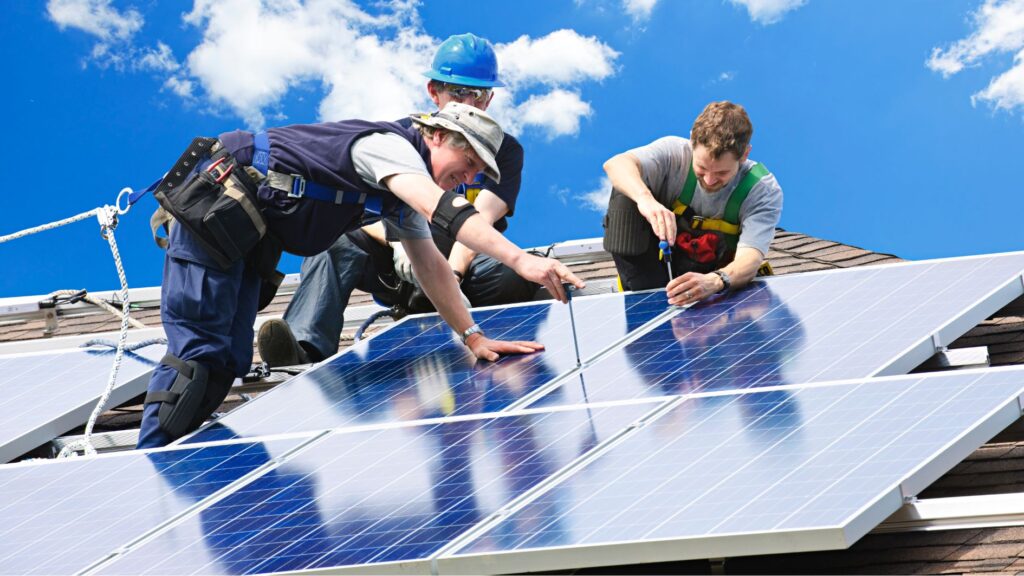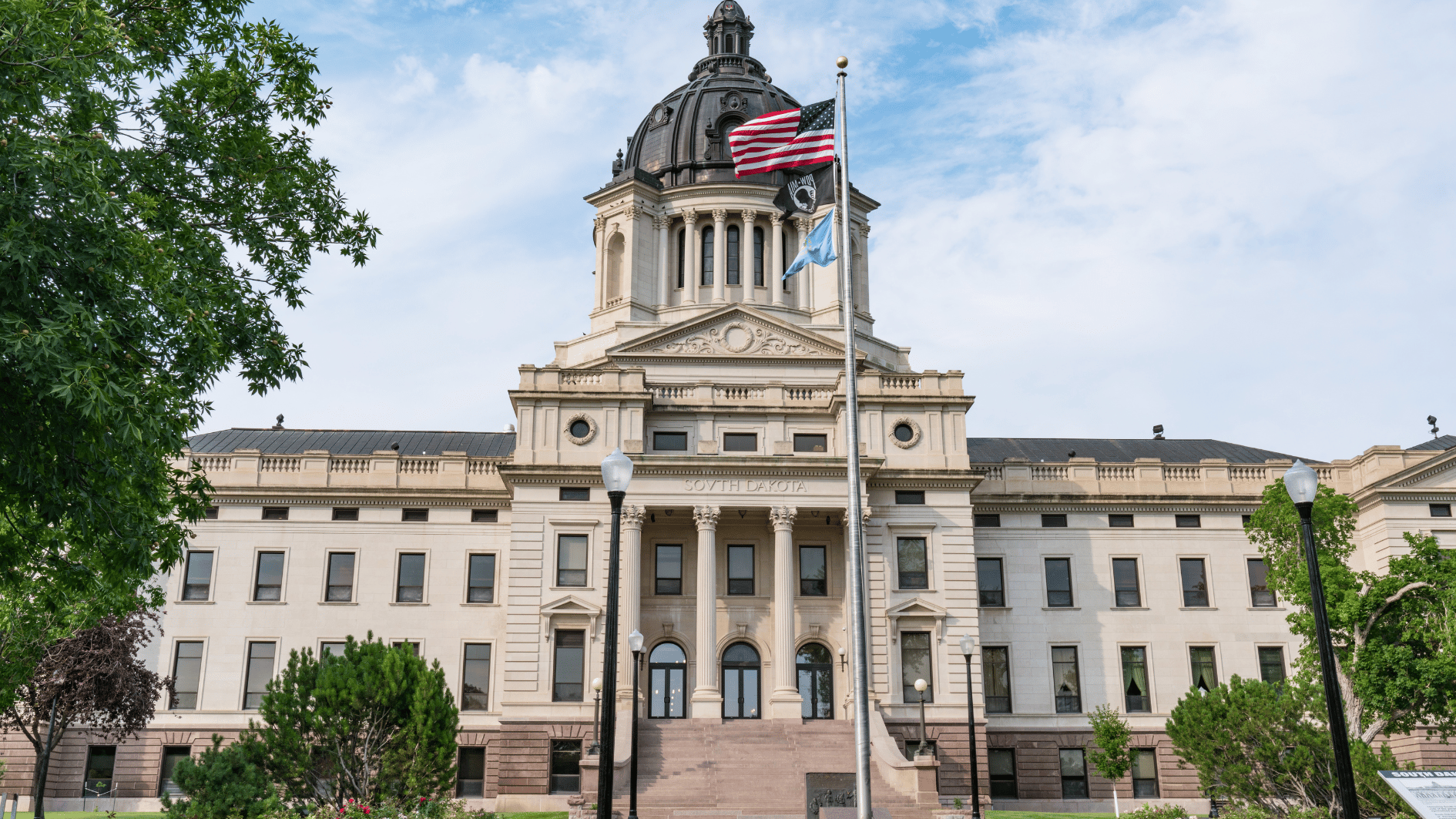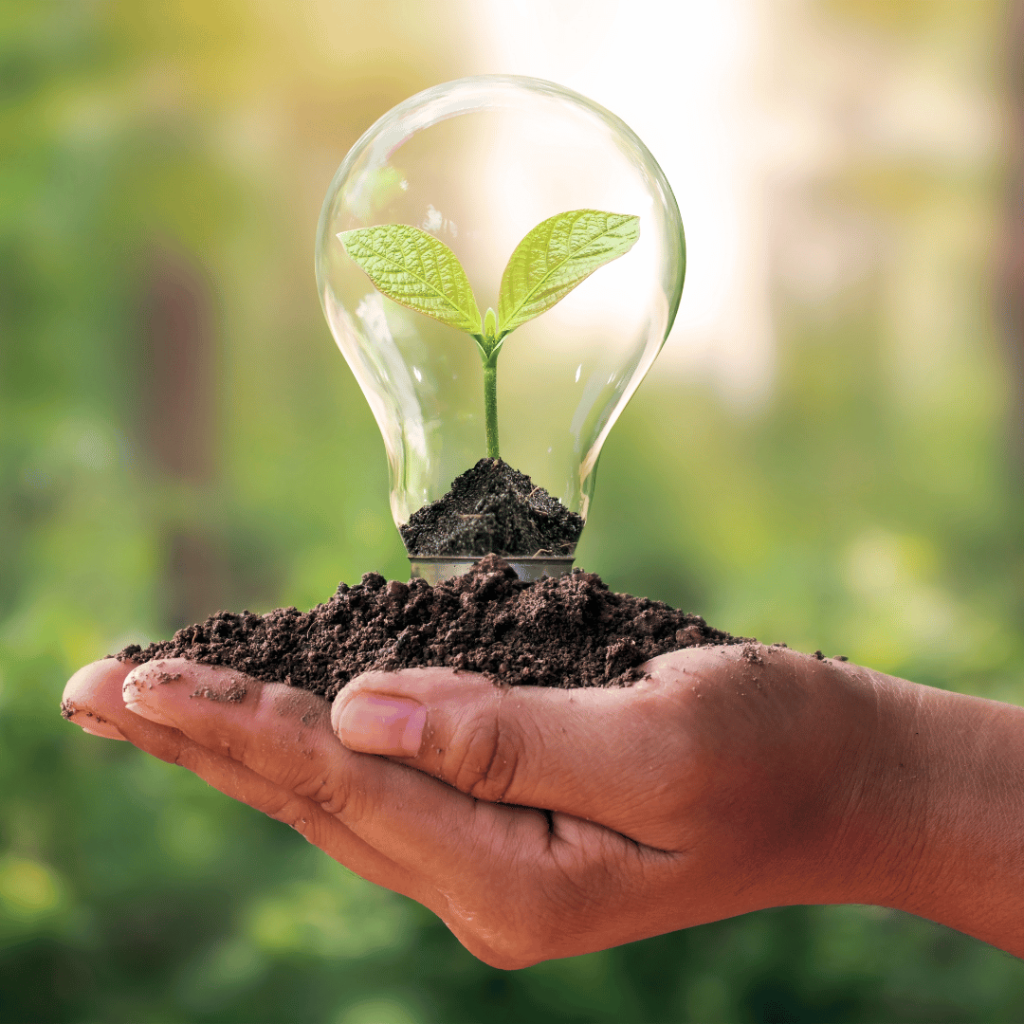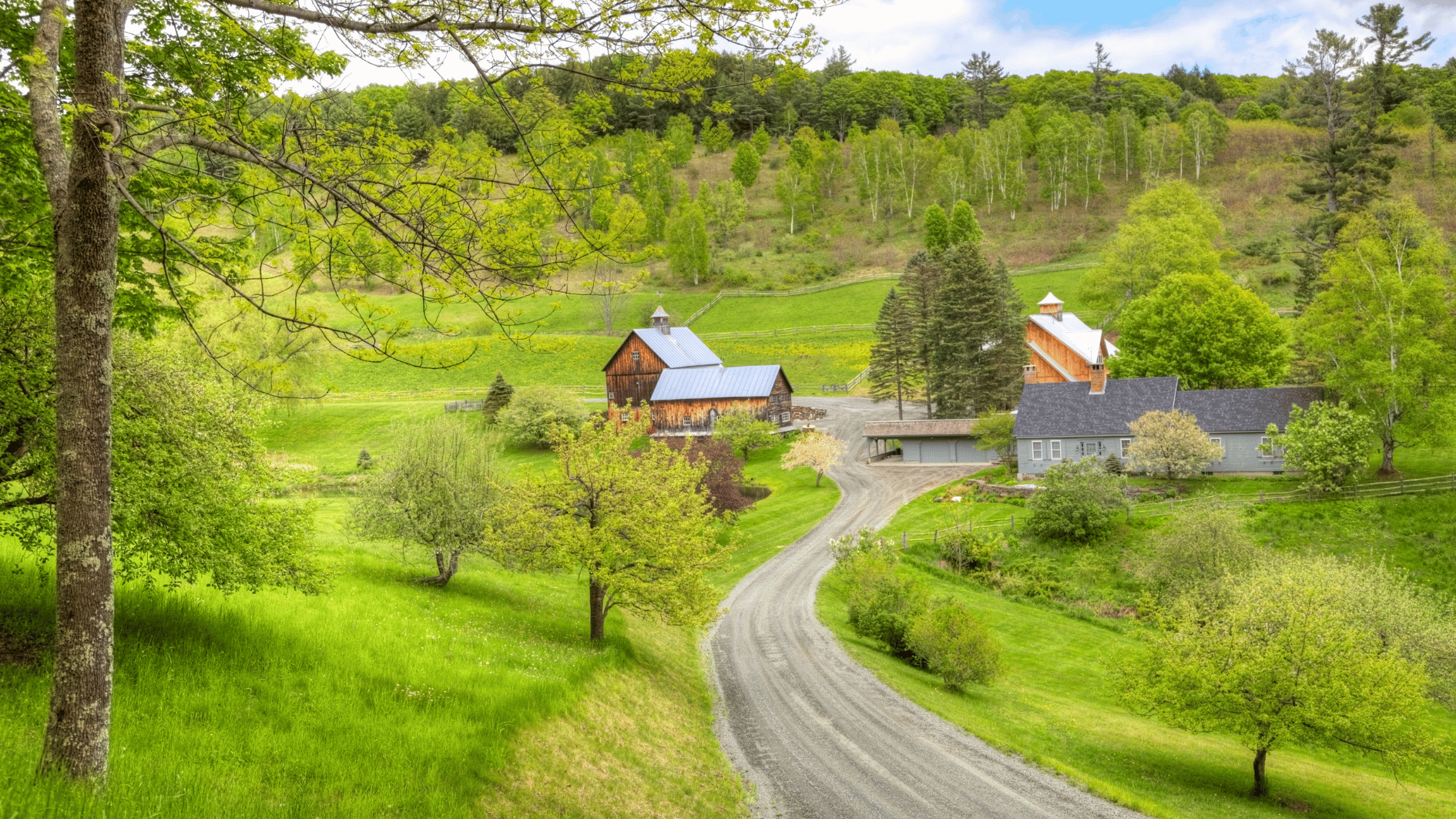Image source: Canva.com
South Dakota may not be the first state that comes to mind when thinking about solar energy, but it offers some promising opportunities for those interested in going solar. With abundant sunlight, growing interest in renewable energy, and state policies slowly evolving to support solar, South Dakota is gradually becoming a more favorable environment for solar energy adoption. However, there are several factors to consider when determining if going solar in South Dakota is a good investment.

Are Solar Panels a Good Investment in 2025?
Solar Potential in South Dakota
South Dakota has considerable solar potential, with an average of about 4.5 to 5 hours of peak sunlight per day. This amount of sunlight is enough to make solar energy a viable option for homes and businesses across the state. While the state experiences cold winters, solar panels perform well in colder climates, and the lack of extreme heat can even improve the efficiency of the panels.
Solar Costs and Savings

One of the primary reasons to consider solar energy is the potential for long-term savings on electricity bills. In South Dakota, electricity rates are relatively low compared to the national average, which can impact the speed at which solar pays off.
However, despite the lower electricity rates, the steadily decreasing cost of solar panel installations has made solar energy more accessible in recent years. Homeowners can expect to see significant savings over the lifetime of their solar system, particularly as energy prices fluctuate and incentives become more widely available.
Solar Incentives in South Dakota
One challenge for South Dakotans is the lack of comprehensive state-level solar incentives. Unlike many other states, South Dakota does not currently offer a robust suite of solar rebates, tax credits, or incentives to promote the widespread adoption of solar. However, residents can still take advantage of the Clean Electricity Investment Credit (former ITC), which offers a 30% tax credit for installing a solar system. This can significantly reduce the upfront cost of solar installations.
South Dakota also has a limited net metering policy. While it is not as expansive as in some other states, net metering allows solar customers to receive credit for excess electricity they send back to the grid. This can help offset energy costs during times when solar generation exceeds household demand, like during the day.

South Dakota’s Key Solar Incentives: A Breakdown
Solar Installation and Market Growth
South Dakota’s solar industry is still in its early stages of growth. While the state has yet to see the same level of solar adoption as states like California or Texas, there is increasing interest in renewable energy, particularly as solar installation costs continue to decline. A few local and regional solar installation companies operate in the state, offering residents the opportunity to explore solar options tailored to their energy needs and budget.
The solar market in South Dakota is expected to grow in the coming years as more homeowners, businesses, and farms look for ways to reduce energy costs and lower their carbon footprint. As interest in solar grows, it’s likely that more installation companies and financing options will become available, making it easier to go solar in the state.
Environmental Benefits

South Dakota has a long tradition of relying on hydroelectric power for much of its electricity. While this is a relatively clean energy source, the state has the opportunity to further diversify its energy mix with solar power. By transitioning to more solar energy, South Dakota can reduce its reliance on fossil fuels and contribute to the broader goal of reducing greenhouse gas emissions.
Additionally, the state’s agricultural sector could benefit from solar installations. Farms and ranches with large land areas can install solar panels to reduce energy costs, and excess energy can be sold back to the grid, creating a potential revenue stream.
Challenges and Considerations
Despite the growing interest in solar energy, South Dakota faces a few challenges in expanding solar adoption. As mentioned, the state’s lack of substantial solar incentives and a limited net metering policy can slow the adoption process. Additionally, the relatively low electricity rates in the state mean that the financial payback period for solar investments may be longer compared to states with higher utility costs.
Winter weather and snow can also affect solar performance during certain times of the year. However, solar panels are designed to shed snow efficiently, and even in snowy conditions, they can continue to generate electricity as long as sunlight reaches them.
Is South Dakota Good for Solar?

While South Dakota may not yet be a top-tier state for solar energy, it holds great potential for those willing to invest in solar. The combination of abundant sunlight, federal tax incentives, and decreasing installation costs makes solar an attractive option for environmentally conscious homeowners and businesses. However, the state’s limited incentives and lower electricity rates mean that careful consideration of costs and long-term savings is essential.
As the solar market continues to grow and evolve, South Dakota could become an even better environment for solar energy in the coming years. For those committed to renewable energy and reducing their carbon footprint, going solar in South Dakota is a worthwhile consideration.





